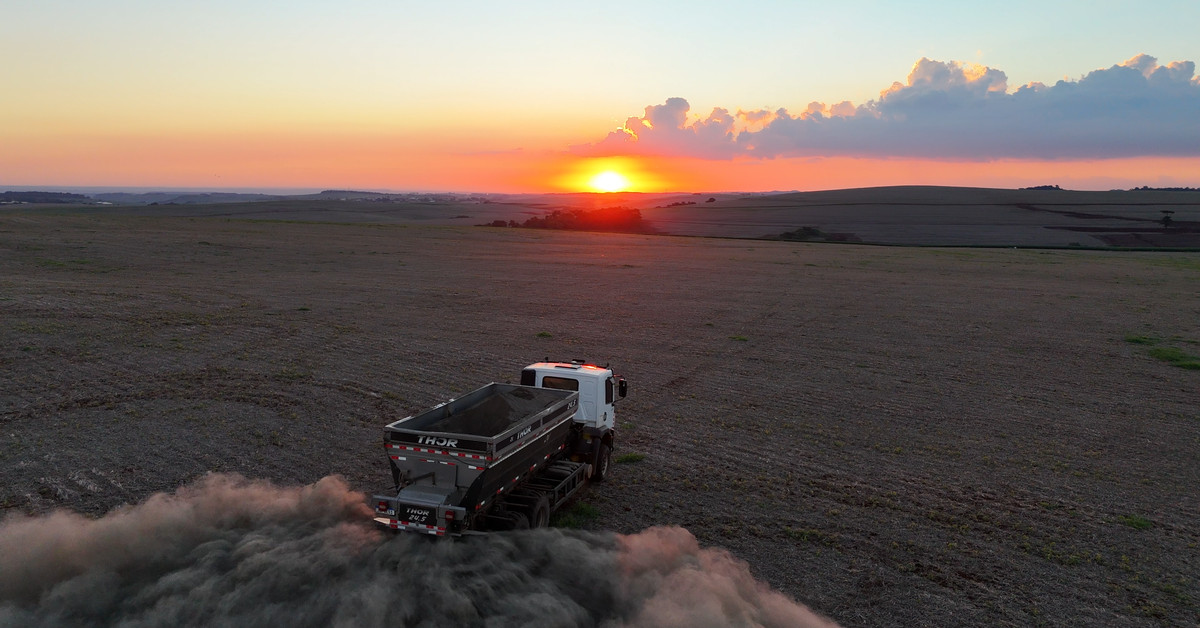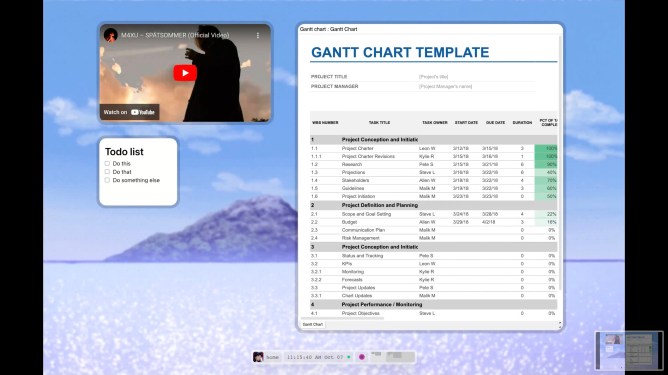In an effort to combat the impact their pollution has on the climate, Google and other major companies have partnered with a startup called Terradot to trap carbon dioxide using rocks. Recently, they announced multimillion-dollar deals for Terradot’s enhanced rock weathering (ERW) technology, which accelerates a natural process that breaks down rock, releasing calcium and magnesium, and triggering a chemical reaction that traps CO2 in water as bicarbonate.
The Frontier Deal
Google, H&M Group, and Salesforce are among the companies that collectively agreed to pay Terradot $27 million to remove 90,000 tons of carbon dioxide from the atmosphere. This deal was brokered by Frontier, a carbon removal initiative led by Stripe, Google, Shopify, and McKinsey Sustainability.
Separately, Google announced its own deal with Terradot to purchase an additional 200,000 tons of carbon removal. While the company declined to disclose the value of this deal, if it follows the same pricing structure as the Frontier agreement (approximately $300 per ton of CO2 captured), it could total around $60 million. However, Google expects the price to decrease over time for this larger deal.
A Big Deal
Google’s purchase is considered a significant milestone in the use of ERW technology, which is now gaining traction among big companies. Oliver Jagoutz, a professor of geology at MIT, praises the initiative: "It’s a big deal. I think it should go beyond the academic world and into the industrial sector."
Terradot’s History
Terradot was founded by undergraduate students James Kanoff and Sasankh Munukutla during their time at Stanford University. They were later joined by Scott Fendorf, a professor who is now the company’s chief scientist and technical advisor.
Kanoff previously co-founded a nonprofit called the Farmlink Project, which connects food banks to farms with excess produce. He met Sheryl Sandberg, the former Facebook COO, through this initiative and secured her support for Terradot as an investor: "I’ve known James since before this company started," Sandberg said in a press release. "These are proven leaders, which is rare to find in an early-stage company."
Carbon Dioxide Removal
Carbon dioxide removal encompasses various strategies to take CO2 out of the atmosphere, potentially slowing climate change by trapping some of the pollution released by fossil fuels over the years.
However, there are concerns about the costs, safety, and potential delays associated with this technology. Experts emphasize that carbon removal should not be considered a substitute for preventing greenhouse gas emissions in the first place.
How ERW Works
ERW accelerates the natural process of rock breakdown, releasing calcium and magnesium, which triggers a chemical reaction that traps CO2 in water as bicarbonate. Terradot plans to take soil samples to assess how much CO2 is captured based on how the rock degrades over time.
However, it’s challenging to determine how much of this captured carbon makes it to the ocean to permanently sequester CO2. Fertilizer in the soil can potentially limit how much carbon is captured through ERW: "How much they sequester is still the outstanding question," Jagoutz says. Nevertheless, he doesn’t think uncertainty should hinder trials in the real world.
Google’s Carbon Footprint
Carbon dioxide emissions from fossil fuels are making heatwaves, droughts, wildfires, storms, and other climate disasters more severe. Google’s carbon footprint has grown as it builds out energy-hungry AI data centers. The company has recently announced plans to develop advanced nuclear reactors and new solar and wind farms to power its data centers with carbon-free electricity.
When it comes down to it, switching to clean energy is the most effective way to stop climate change. Carbon removal can only attempt to counteract some of a company’s legacy pollution while making that transition: "It’s very clear that this is not a substitute for emissions reductions at all," Kanoff says. "We need both of these tools."
Conclusion
While Google and other companies are investing in carbon dioxide removal using rocks, it’s essential to remember that this technology should complement efforts to reduce greenhouse gas emissions. Terradot’s enhanced rock weathering is still an experimental approach, but it may offer a promising solution for combating climate change.
Ultimately, the success of this initiative will depend on the development of rigorous measurement tools and the deployment of ERW technology at scale. As Jagoutz notes: "I also think, why not try? I don’t think we have the luxury to overthink it right now."




